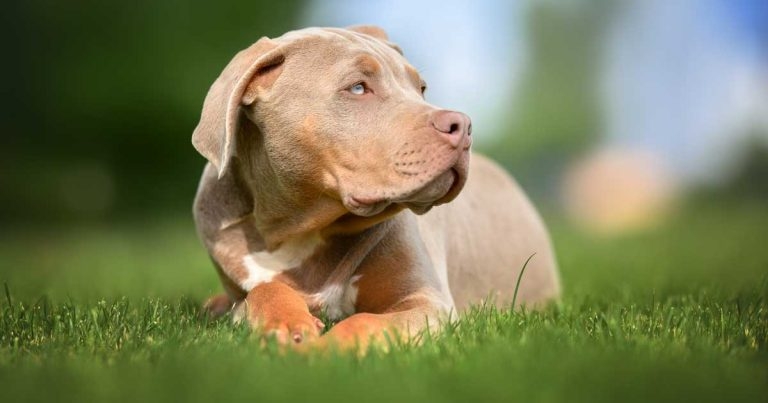8 Nov 2023
Dog Control Coalition, whose members include the BVA, has also voiced fears there is “no clear understanding” of just how many dogs could be affected by the forthcoming legislation.

Image: © otsphoto / Adobe Stock
Veterinary and welfare sector leaders have warned a proposed definition of the soon-to-be banned XL bully dog type is “hugely subjective” and places an excessive burden on pet owners.
The Dog Control Coalition, whose members include the BVA, has also voiced fears there is “no clear understanding” of just how many dogs could be affected by the forthcoming legislation.
But Defra officials insist they have provided “clear assessment criteria” both to agencies who will be required to enforce the new rules and the pet-owning public.
The latest clash follows the department’s publication on 31 October of both its timetable for outlawing the breed and guidance on how it should be defined.
From 31 December, an XL bully will have to be muzzled and on a lead when out in public. It will also become an offence from that date to breed, sell, advertise, rehome and abandon an XL bully, as well as allowing one to stray.
Then, from 1 February 2024, it will be illegal to own an XL bully dog unless it is on the Index of Exempted Dogs. Exempted dogs will also need to be microchipped and eventually neutered.
Key to the ban plan is the department’s new definition of an XL bully, which it said had been compiled following discussions with vets, welfare experts, police and local authority representatives.
A six-page guidance document for enforcement officers, released after the planned legislation was laid before Parliament, sets out 11 different areas for assessment to determine whether a dog should be classed as an XL bully or not.
The paper said: “We consider that a dog will be of a type ‘known as the XL bully’ if the dog has a substantial number of the characteristics set out in the conformation standard.”
It also argued the approach is in line with that taken by the courts in relation to dogs assessed to be pit bull terriers.
But, while it claims to acknowledge the need for action following a series of serious and often fatal attacks linked to the type, the coalition said it had “serious concerns” about several aspects of the plans, which it regards as a missed opportunity to overhaul ineffective legislation.
The group described the definition as “hugely subjective and open to interpretation for the individuals enforcing this legislation – creating a lack of consistency across the country”.
It also warned the measures put the emphasis on owners’ interpretation, adding: “Government urgently needs to provide more clarity for owners on how to interpret this definition, so they can understand if it will affect them and their dog.”
However, in its initial statement announcing the ban timetable, Defra insisted: “The definition provides clear assessment criteria for owners and enforcement authorities, and is a requirement under the Dangerous Dogs Act in order to deliver the ban.”
Beyond the definition dispute, concerns also persist over both the number of dogs likely to be affected by the ban and its potential knock-on effects for the veterinary and rescue sectors.
Current estimates vary significantly, with some suggesting there could be as many as 50,000 animals that may be affected by the legislation.
The coalition said police and councils need to be given proper resources and training to reduce the risk of dogs wrongly falling foul of the ban.
But it also pledged to continue its support for rescue sector staff who work with the breed and vets who it said “may find themselves asked to euthanise healthy dogs for no other reason than how they look”.
Defra has indicated that compensation will be made available to assist owners who choose to have their dogs euthanised with costs, though no further details have yet been disclosed. However, a Parliamentary select committee hearing last month was told that some owners are already presenting dogs for euthanasia as a result of the ban and there is unease among professionals about whether they should comply with such requests.